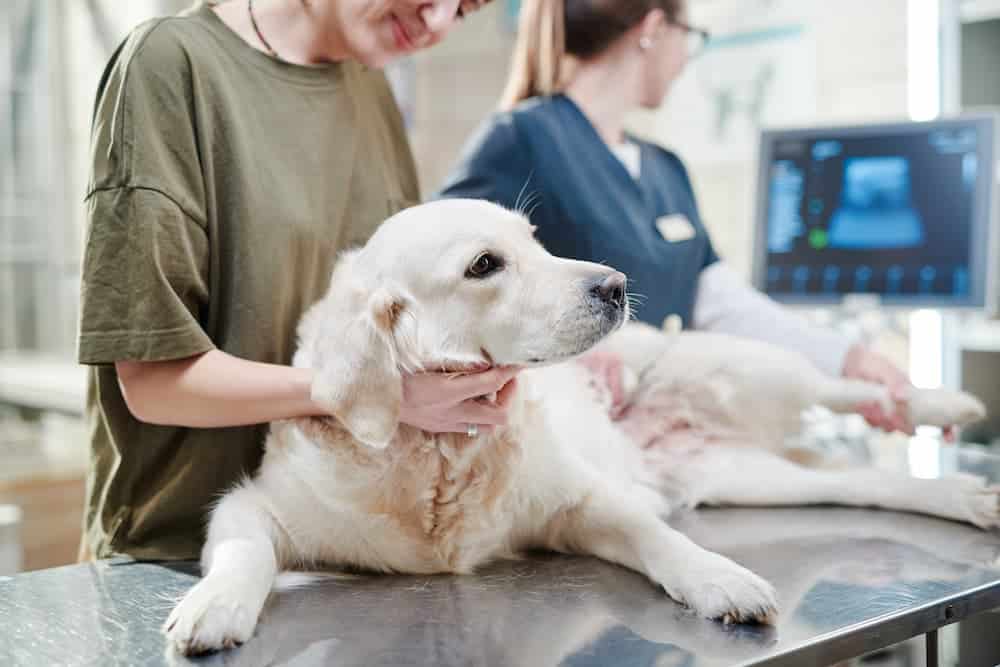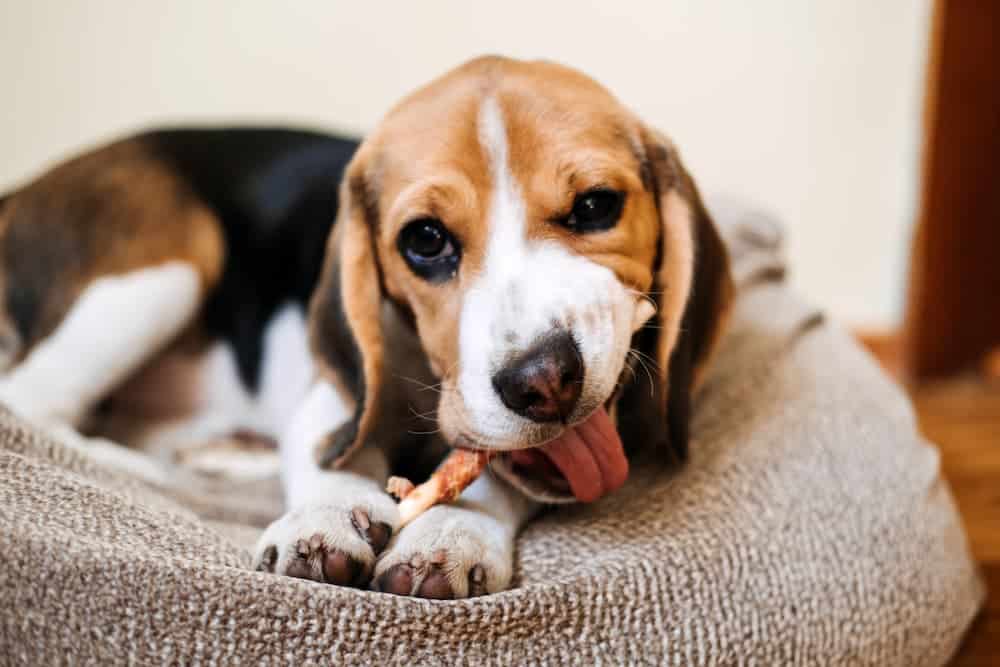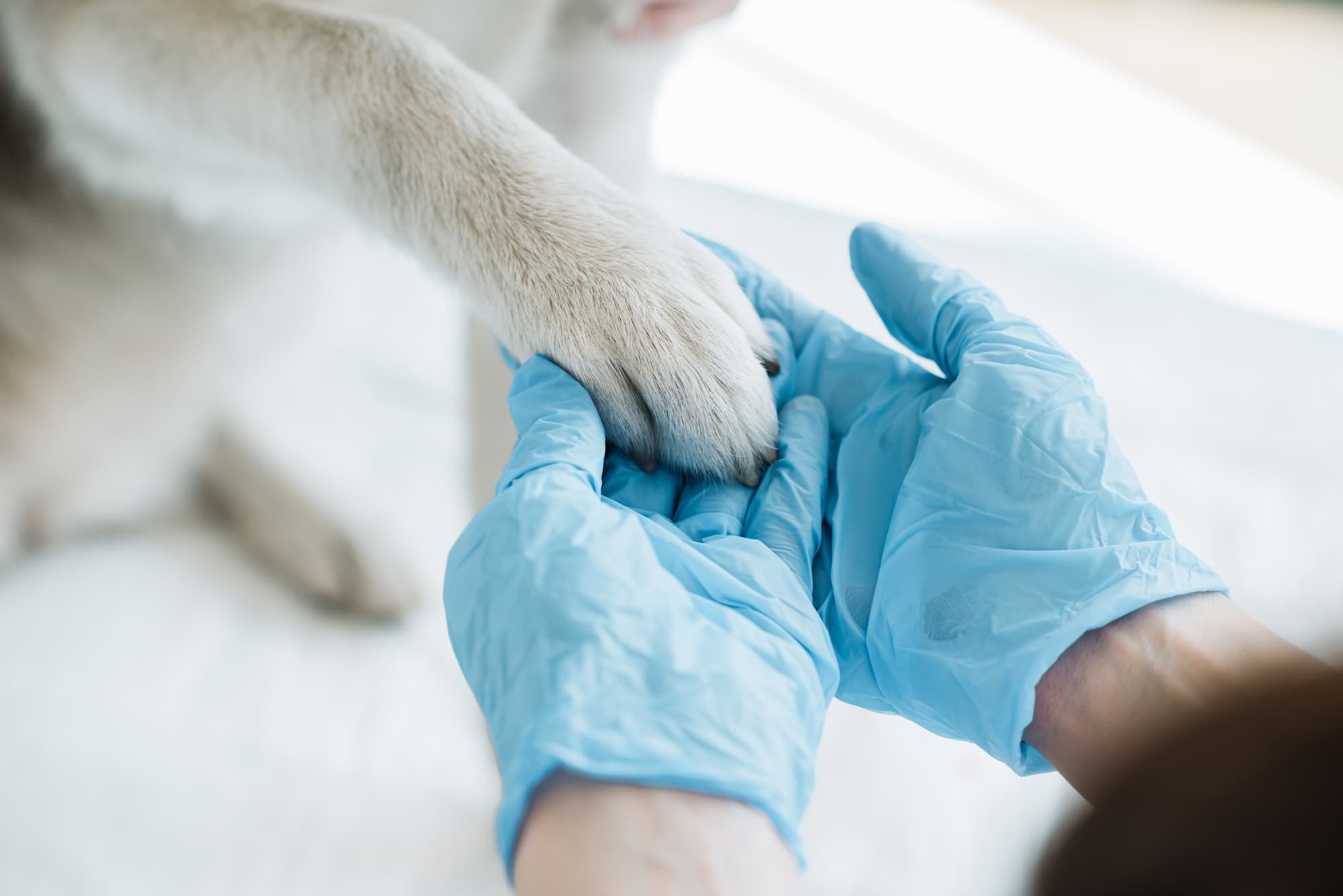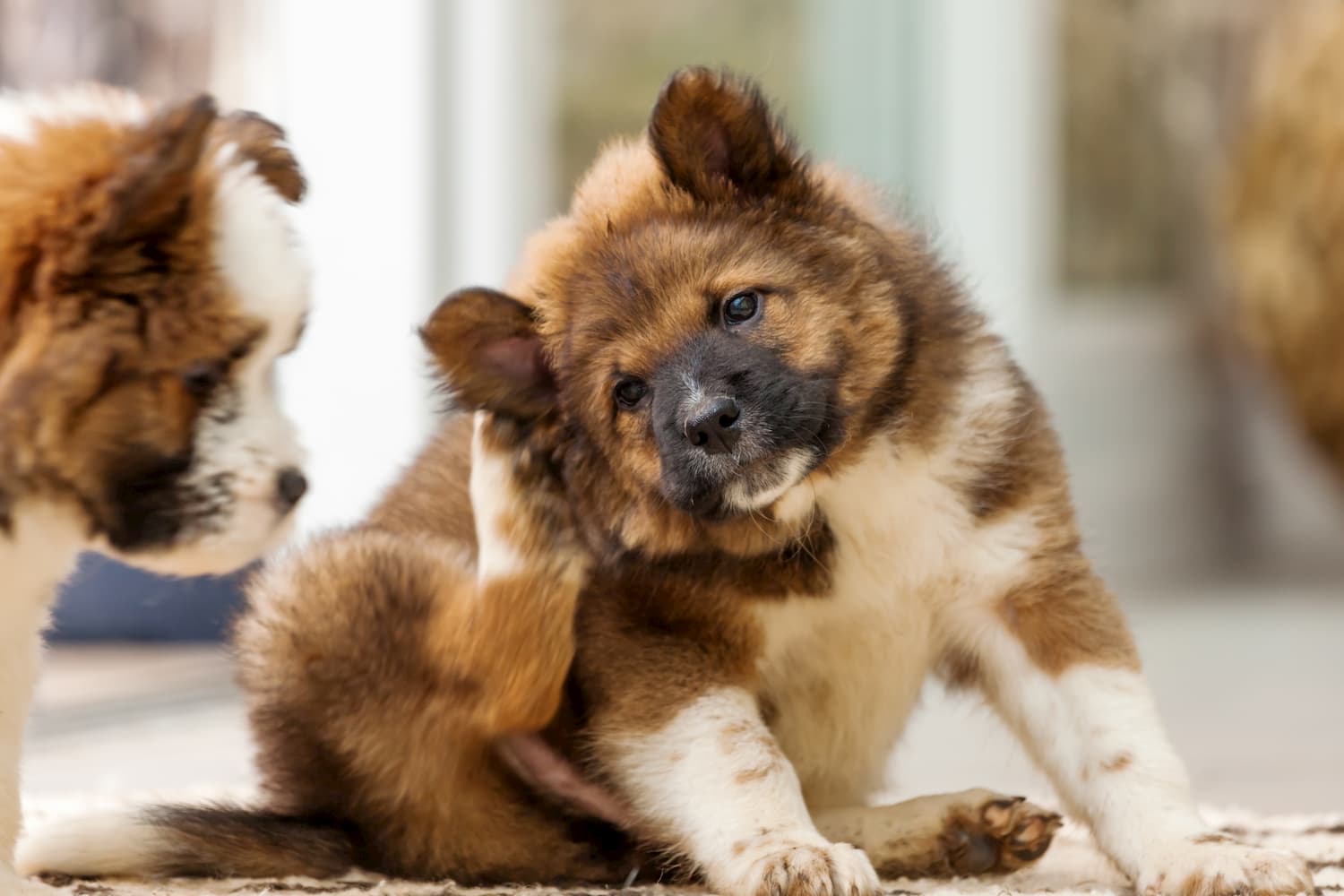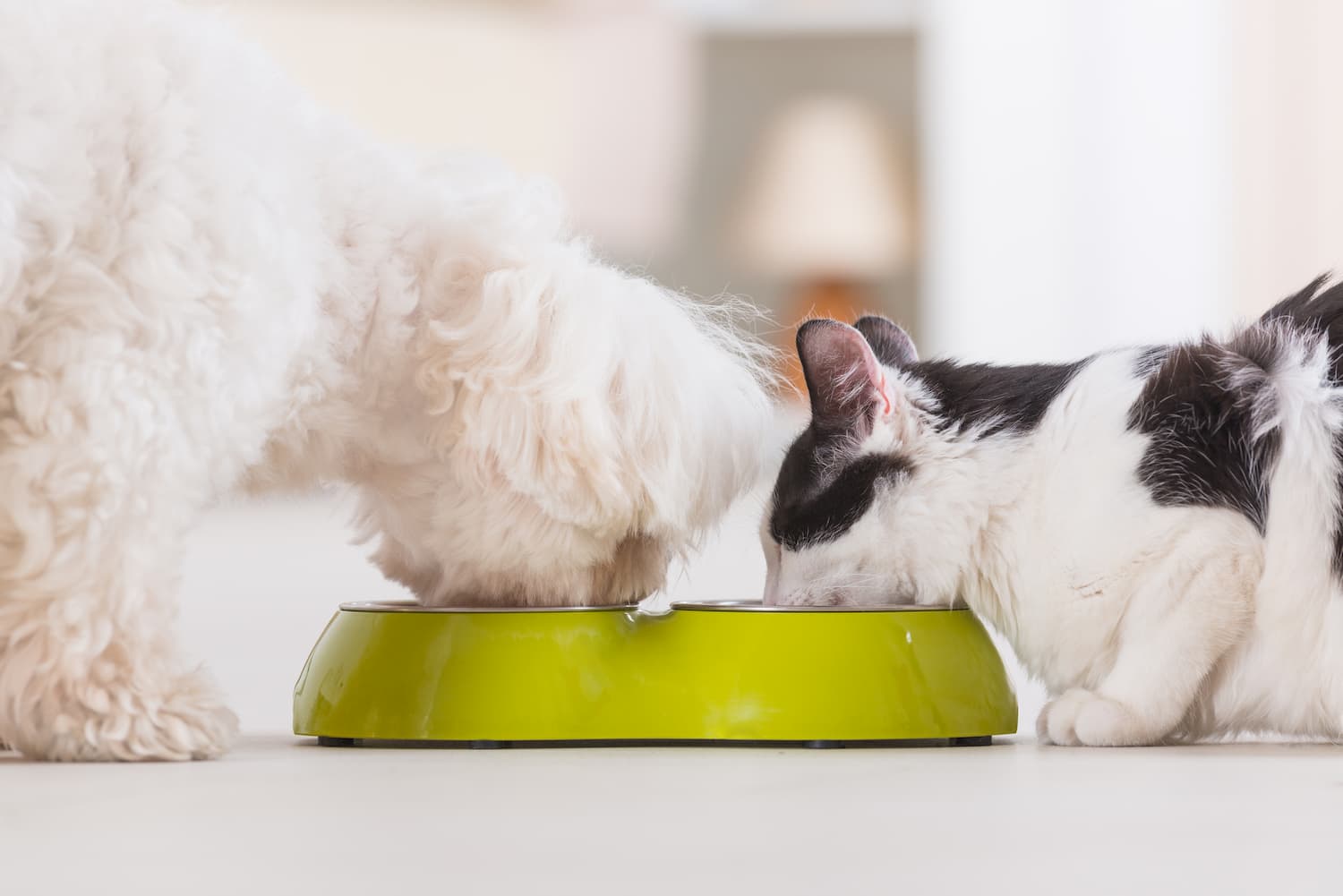Name recognition and recall is an important step in any puppy training program.
All dogs love exploring new places and discovering new scents. Giving your dog the opportunity to roam free in a park or on a dog beach can be fun and exciting. But to give your dog this freedom, it’s important that your dog is able to recognise its name and respond to recall. Name recognition and recall helps to protect your dog, and promotes safety. For a dog owner, nothing is scarier than your pet running towards a dangerous situation, like a busy road.
Here is everything you need to know to understand name recognition and recall for dogs.
Name Recognition
Obviously, one of the most important aspects of recall is ensuring that your dog recognises its name. This is one of the most basic things to teach your puppy and shouldn’t take too long—as long as you have plenty of treats on hand, and some patience.
The easiest way to teach name recognition is to let your dog wander around a small room or, if it’s not full of too many distractions, your yard.
Call your puppy’s name and, when they look up at you, call “Yes!” and offer them a treat. Then let them wander off and explore again.
Repeat this several times until your puppy gets the hang of it. Just make sure that when you call out their name you only say it once; calling their name out several times will lose the puppy’s attention.
If your puppy doesn’t listen to you, just wait patiently until they look at you and when they do, say “Yes!” and give them their treat.
Eventually, try name recognition without the treats. Then, once they’ve got the hang of that, try making it more difficult by trying different locations or adding different distractions, like bouncing a ball.
Teaching Recall
When teaching recall, decide on a special sound or word that will act as a cue for your dog to return. It should be short and sharp, like a whistle or the word “Come!” and should only be used when you want your dog to return to you.
Similar to teaching name recognition, teach your dog recall by starting in an enclosed space, armed with some tasty treats. Get their attention with their name and then use your cue and take a step away, holding out their treat. As they return, reward them with a treat. Repeat this process, gradually stepping further and further away from them and increasing the level of distractions.
You can also use a harness with a long leash to help teach your pup recall. Let your dog wander away from you and then, when you use your cue, use the harness to gently lead them back to you.
Make sure to reward them and praise them lavishly so they have a positive association when responding to their cue. This method is great for teaching your pup to not let the environment distract them, as ignoring you can be just as much a reward as your treats when your pup is wandering around and discovering new scents.
Recall Tips and Tricks
Here are some things to keep in mind when teaching your puppy recall:
- In a public space, make sure to only unclip their leash if you’re completely confident that they will return to you. That way you can ensure their safety and the safety of others.
- Make sure you use high value treats or toys to ensure their return when training them. This might include cut up sausage, liver treats, grated cheese or some cooked chicken. You want to make sure they have a positive association with returning and that they understand returning is worthwhile.
- A recall should always be associated with positivity, never negativity. Even if the training process is frustrating or time-consuming, just be patient and ensure you’re always positive and showering your pup with love.
- If you’re out somewhere social or fun, like a dog beach or park, make sure to call your dog back often, even if you’re not planning on leaving. Otherwise they will come to associate recall with social withdrawal and leaving the fun place, which may lead to their non-response.
- If your dog has found an irresistible smell, calling their name or using their recall cue is going to be futile. It’s best to just go up to them, clipping their lead on and playing the name game with them on their way home.
- Always remember, your dog may be friendly but that may not be the case for the other dogs you encounter. Furthermore, some dogs just don’t get along. That’s why it’s important to always keep an eye on them while their off-leash and not let them wander too far off.
More Help
If you need more help, you can:
- Book an appointment online
- Call us on (03) 9482 1913
- Come in and visit us at 339 High St, Northcote, 3070

